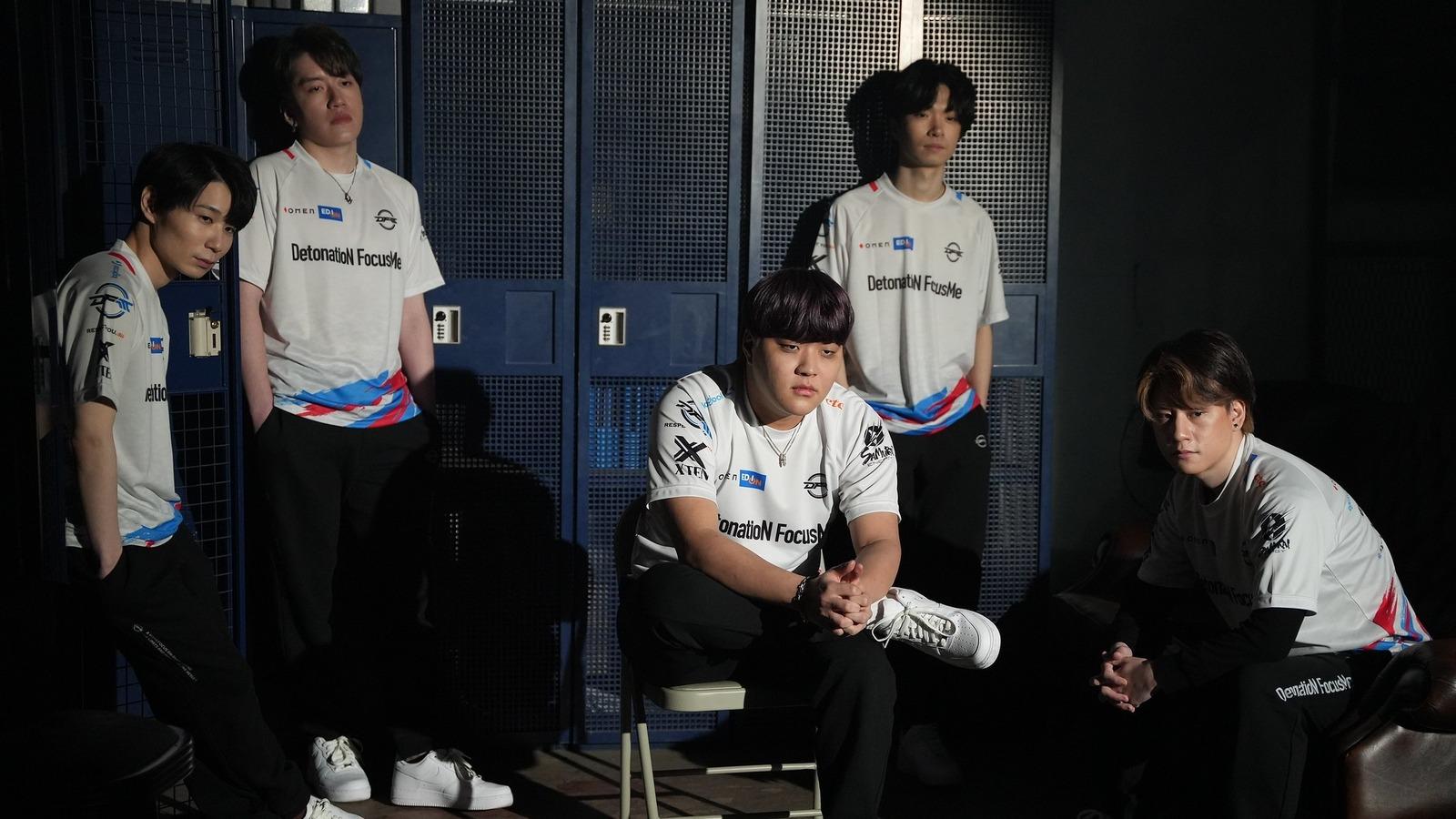Ultimate Valorant economy guide: How to manage your Creds
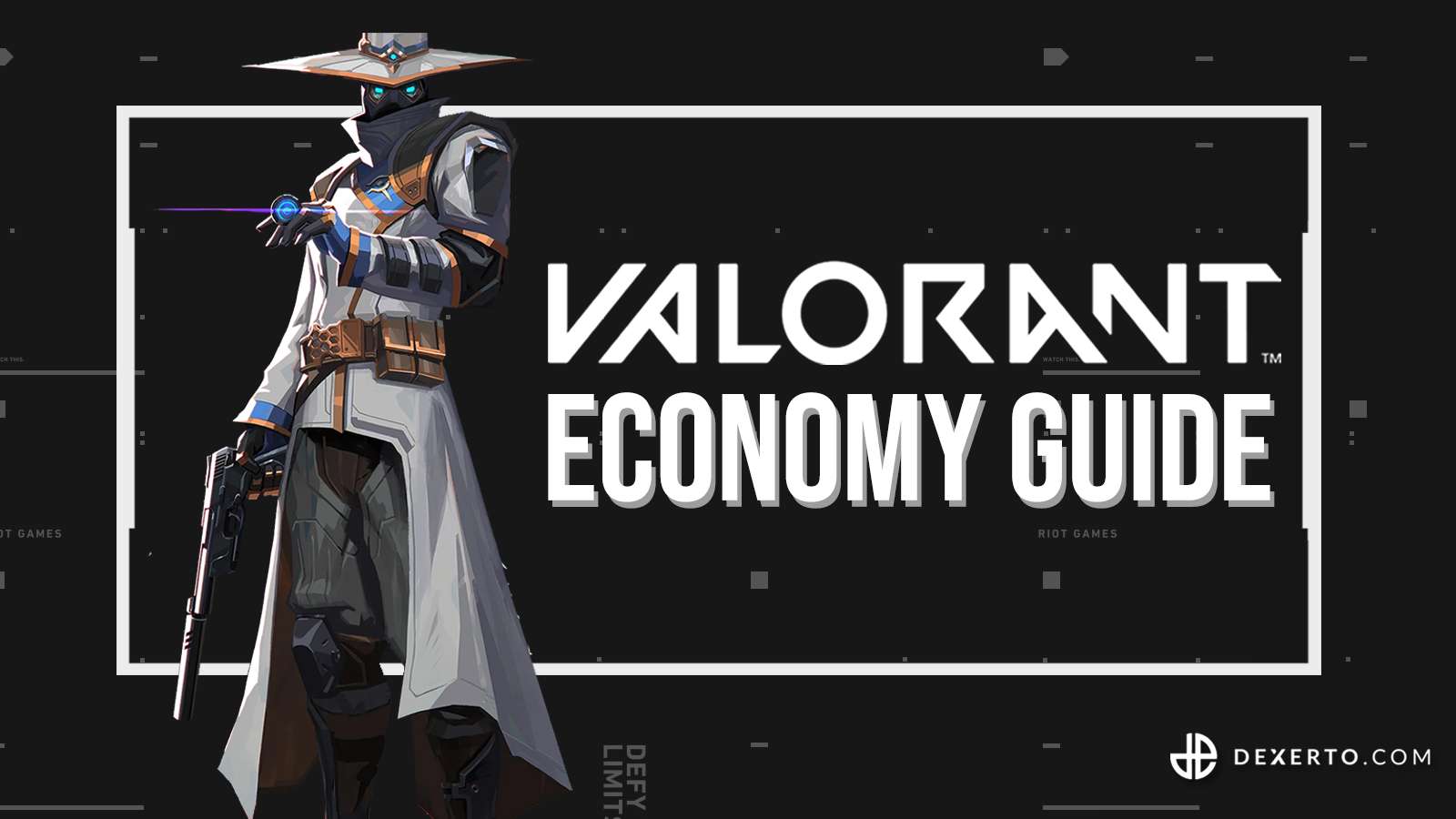 Riot Games / Dexerto
Riot Games / DexertoIf you want to take your Valorant game to the next level, learning the Agents and weapons is only half the deal. Understanding how the in-game economy works can help you stay a step ahead of your opposition, so let’s delve into the nitty-gritty of how it all works!
While you’ll be able to get by in Valorant on aim and game sense for the most part, if you want to elevate your play to the next level, you’ll need to understand how the in-game economy works.
If you are able to manage your money better than the enemy team, you’ll be at an advantage more often than not. But if you’re struggling to utilize your money to benefit both you and your team (i.e., what to buy and when to buy it), then we’ve got the perfect guide for you.
Valorant in-game economy key terms
Before we jump into talking about the economy, here are a few terms you’ll encounter on your journey that you’ll need to understand.
- Eco: Short for ‘eco round.’ If you are doing an eco, you aren’t going to be buying much, if anything.
- Half-buy: When you invest a bit of money into a round to get Abilities and weapon, but don’t fully commit.
- Full-buy: Spending as much as you can/need in a round to get fully kitted out.
- Creds/Credits: The in-game currency for Valorant. This is what you spend to buy weapons.
Valorant economy overview
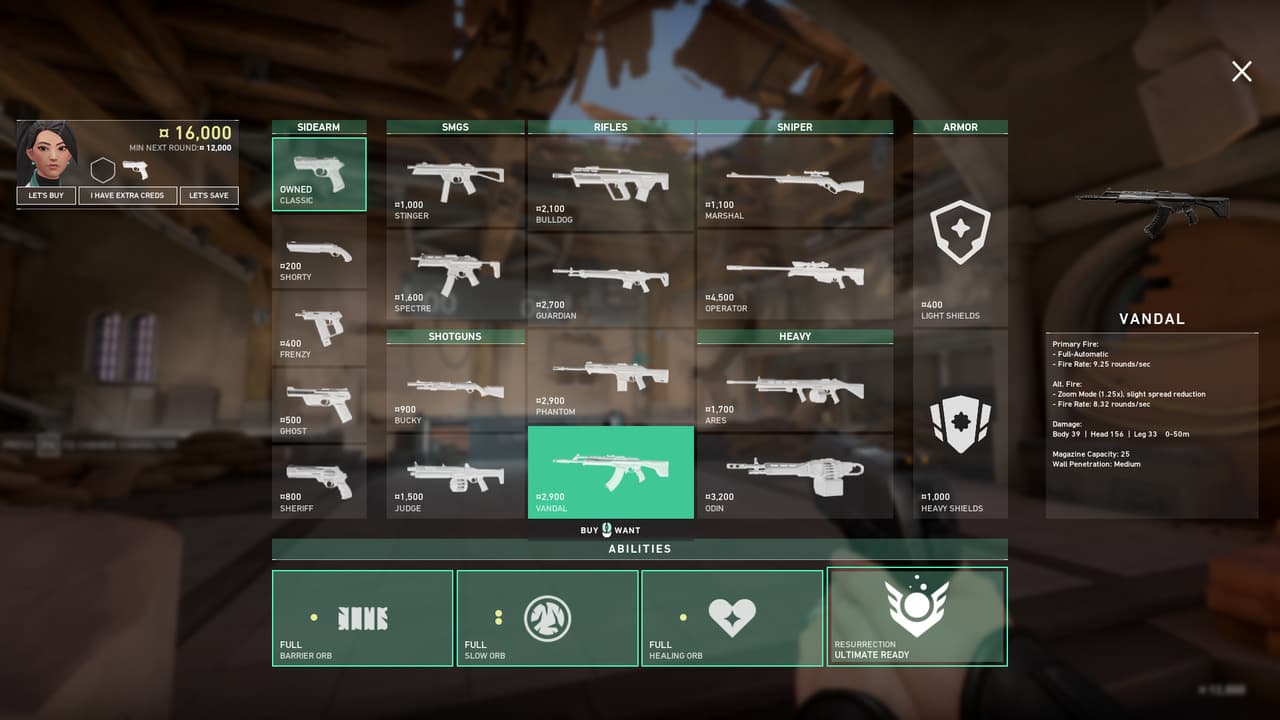 Riot Games
Riot GamesValorant Creds are earned as a reward for certain actions. Getting a kill will net you 200 Creds. However, unlike CS:GO, you will not get extra creds for getting kills with specific weapons (like bonuses for sneaky Knife kills or for getting aggressive with SMGs). Planting the Spike will net you an extra 300 Creds, while defusing the Spike doesn’t bag you any extra Credits outside of the round win bonus.
Speaking of win bonuses, you’ll earn Creds regardless of whether you win or lose a round. Winning nets you 300 Credits, but there’s no bonuses for going on a win streak. If you lose a round, you’ll only get 1,900. However, you will get loss bonuses if you keep losing to help you break your streak. After losing two rounds in a row, you’ll earn an extra 500 creds. After three rounds, you’ll get an extra 1,000 to make the maximum loss bonus of 2,900.
When to buy in Valorant
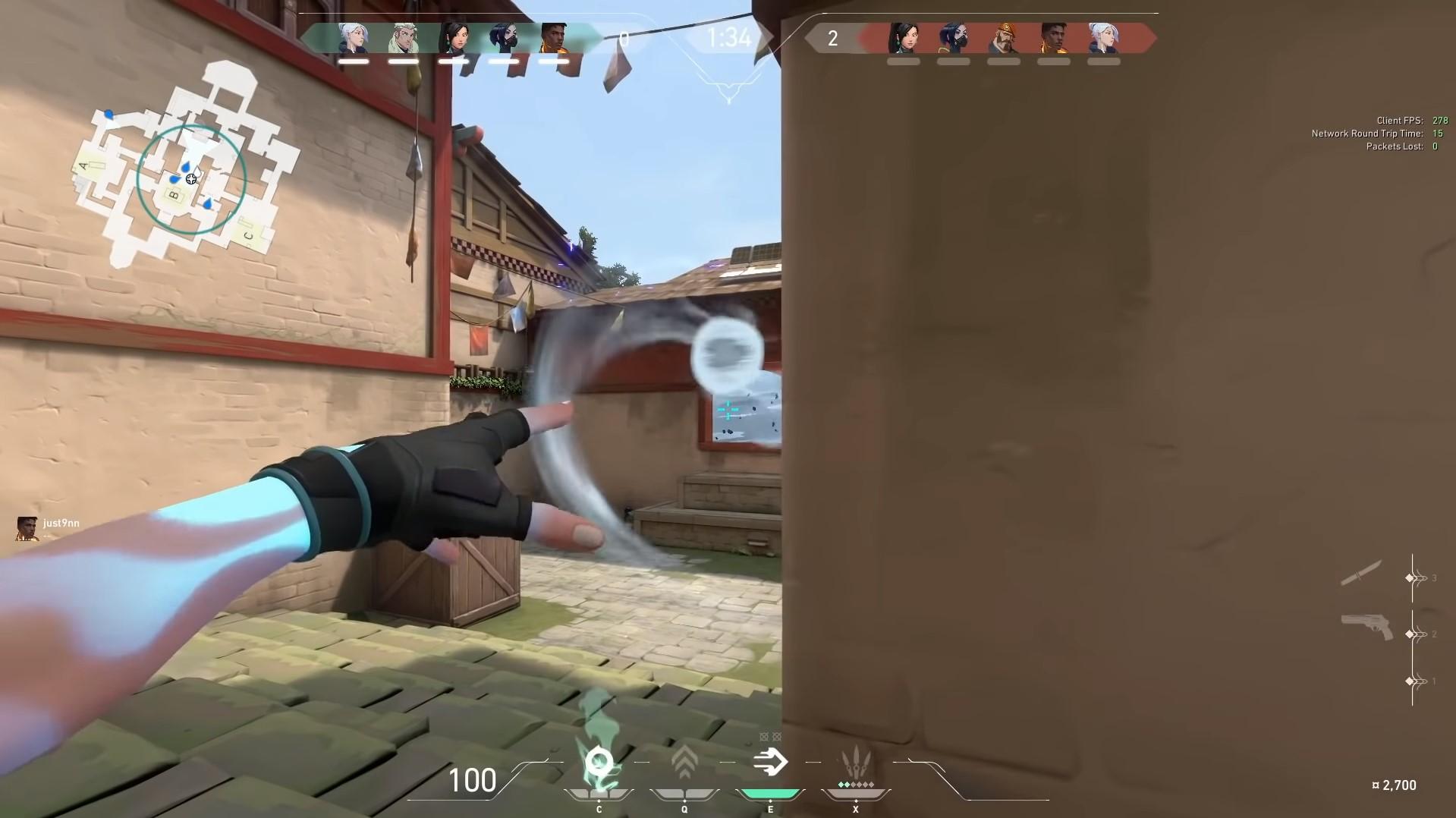 Riot Games
Riot GamesYou don’t need to be buying in every round, as this will only set you up for failure. In short, if you drain your economy every round, even if you win, you’ll only have 3,000 Creds. While you may carry over guns, this is only enough to buy a Phantom or Vandal with no shields!
If you constantly buy while you’re losing, you’ll never be able to save up to get a full-buy — which will immediately put you at a disadvantage. This will only lead to more losses, and the loss bonus doesn’t stack infinitely.
If you don’t have enough Credits to comfortably contest the next round, you should definitely look at saving or half-buying. The perfect example of this is after a pistol round win: while you want to push the economic advantage early, your lead can last longer if you buy-up ‘light’ in rounds two and three.
If you can afford a buy but your team can’t, this also calls for a save or a partial buy. It’s a delicate balance, but if your team is constantly in flux about buy rounds, you’re more likely to collapse.
What to buy when saving in Valorant
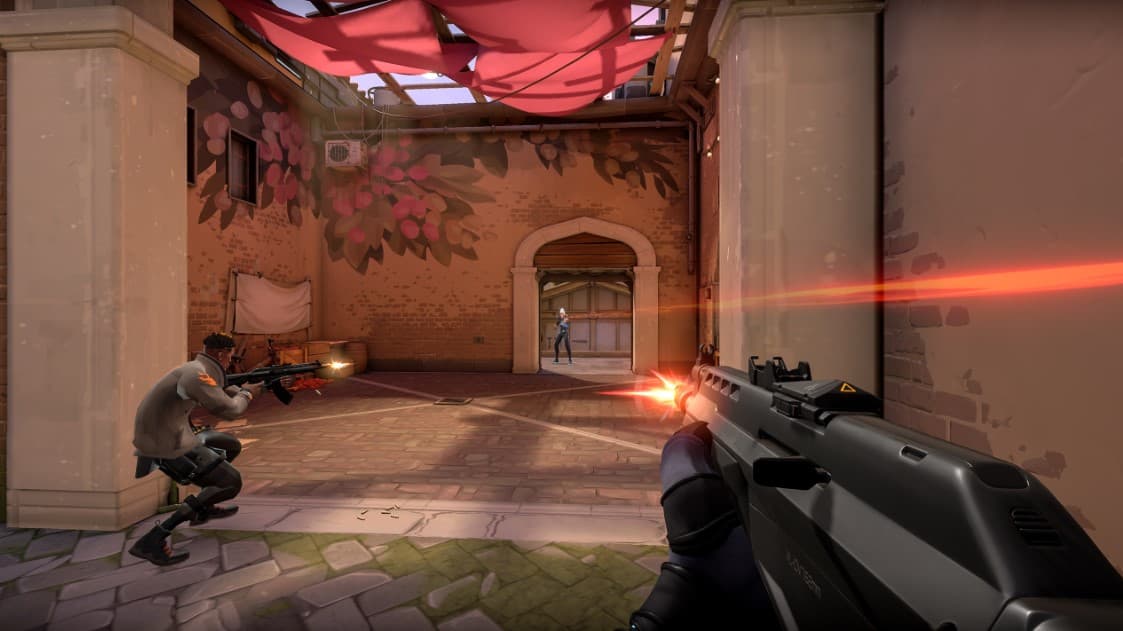 Riot Games
Riot GamesWhen you’re trying to save Credits, but don’t have enough to afford full utility, Shields, and a good weapon, you’ll have to compromise. Although there’s a few things to prioritize here.
Always – and we mean always – top up your abilities. Abilities in Valorant can tip the scales in your favor during a fight without having a weapon. They are by far the most cost-effective part of your arsenal, even if most of the abilities don’t do damage. With effective utility usage, you can win rounds with only pistols!
- Read more: How to use the Vandal: Valorant weapon guide
You should also look at getting shields and less expensive weapons over getting a Rifle with no Shields whatsoever. Light Shields are a cost-effective option (400 Creds) which grants you 125 effective HP.
Heavy Shields (1,000 Creds) give you 150 effective HP — so while you’re losing out on 25 HP with Light Shields, spending 400 Creds is a worthwhile investment, to absorb that initial damage in a gunfight.
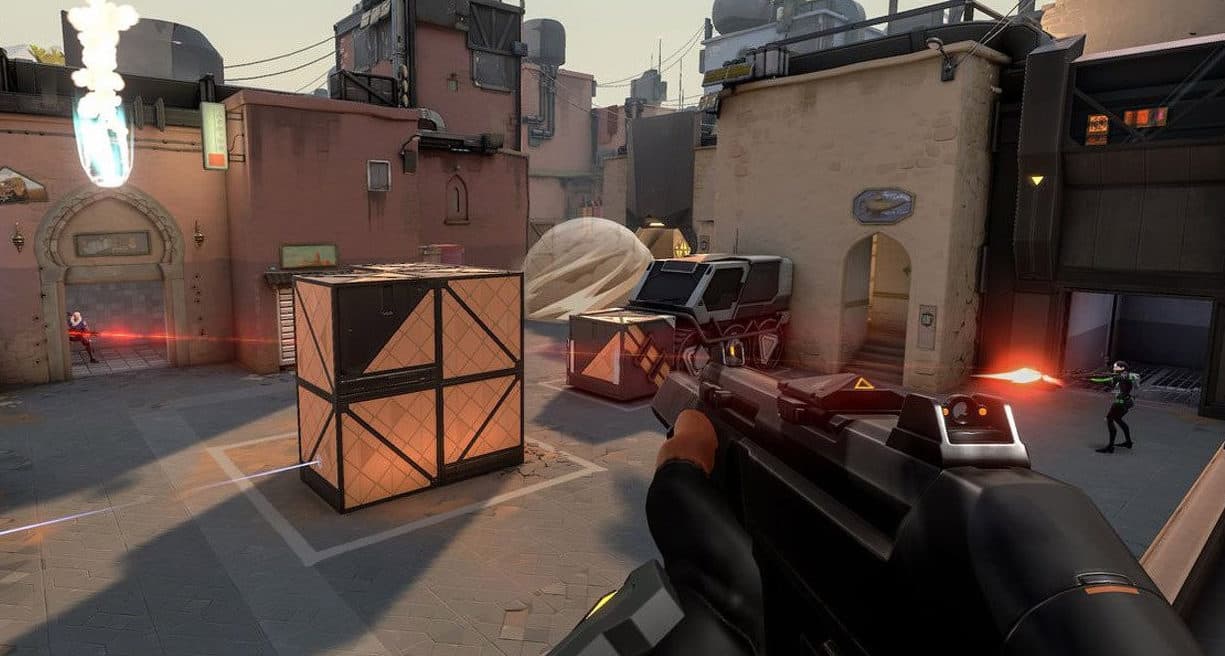 Riot Games
Riot GamesIf you still a little unsure, here’s a steer in the right direction of how to use your Credits depending on your balance. A quick note: you should base your buys on whether your whole team can buy, not just you — so if you can afford it but your teammates can’t, don’t buy-up.
- Under 2,000 Credits: Keep your abilities topped up, but don’t buy anything else.
- 2,000-2,500 Credits: Look into getting a pistol, light shield, and abilities.
- 2,500-3,500 Credits: Get shields, an Ares or Spectre, and abilities.
- 3,500-4,000 Credits: Get shields, a Phantom or Vandal, and abilities.
- Over 4,000 Credits: Look into full buying with your team, including an Operator.
Selling items in Valorant
You can sell items in Valorant, but only those bought during the same buy phase. Once the buy phase finishes, you cannot sell items that you bought. You also can’t sell items that you carry over between rounds or that were bought for you.
While the sell function is handy from backtracking from a certain strategy, you can’t use it to artificially boost your economy by picking up an Operator and selling it for a Phantom the next round.
Valorant Ultimate Abilities: As important as Creds!
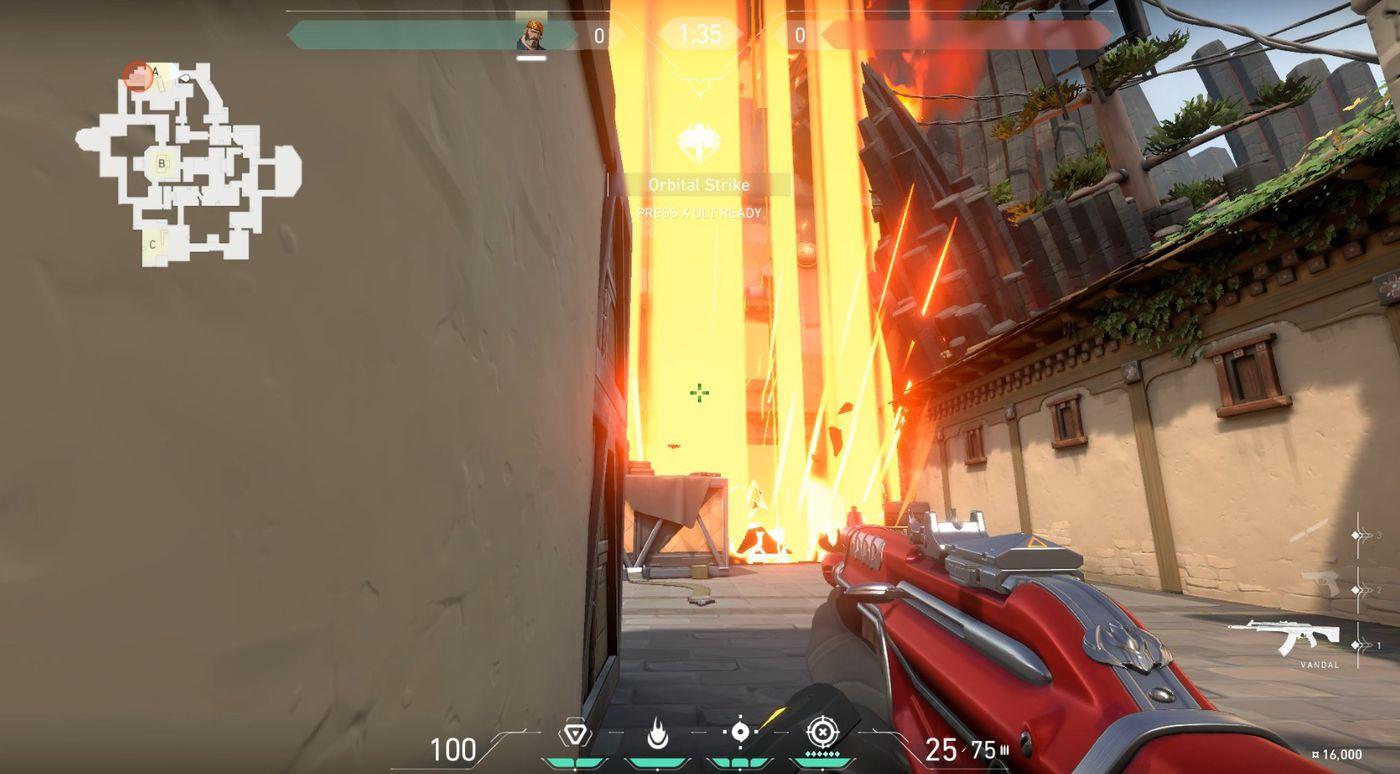 Riot Games
Riot GamesWhile a lot of the talk so far has been about spending money in Valorant, the Ultimate economy is also incredibly important.
You build up your Ultimate in a similar way to how you accrue Credits. Alongside being rewarded for kills and Spike plants/defuses, you also get an Ultimate point after you die. Finally, you can collect Orbs (which are strategically dotted around each map) to add to your Ultimate tally.
Some Agents’ Ultimate Abilities are more situational than others. For example, Sage’s ‘Resurrection’ Ult is one that you’ll want to keep handy for clutch situations — so you might choose to prioritize her Ult progression over a Duelist like Jett.
It’s also worthwhile managing the Ultimates that you invest in a round. If you over-invest, it could come back to bite you in a round or two down the line. Only use your Ultimate if absolutely necessary. Using Cypher’s ‘Neural Theft’ Ultimate during the early stages of a round would be pointless, but deploying it when trying to retake a Reactor Site is a much more appropriate time to do so!
So there you have it… Our crash course on Valorant’s economy. While it seems complex on paper, it’s pretty easy to manipulate in your favor once you’ve got the hang of things.
Want to learn more? Try tapping into our Agent tier list if you’re looking to decide on which character to main moving forward!


